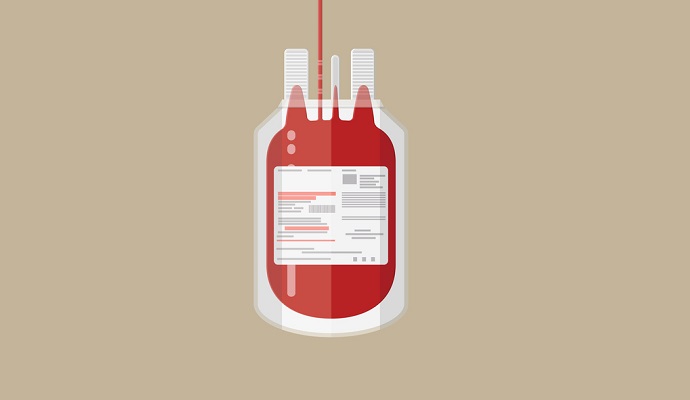Data Analytics Promotes Patient Blood Management Programs
Data analytics suggest that using patient blood management programs can reduce hospital costs and length of stay.

Source: Getty Images
- A Mayo Clinic study using data analytics indicates that hospitals can reduce unnecessary blood transfusions and costs by implementing patient blood management programs. According to the findings, blood management programs can also reduce the length of hospital stay and improve patient outcomes.
The observational study analyzed the data of 400,998 hospital admission from 2010 to 2018 at two Mayo Clinic hospital campuses. In addition, the researchers studied the use of allogenic transfusions and the clinical outcomes.
“During the study time frame, allogenic transfusions decreased from 607 to 405 per 1,000 admissions. Transfusion reductions were noted across medical and surgical admissions and for all major surgery types except liver transplantation, which were unchanged. Hospital length of stay and adverse events were lower than projected,” the press release stated.
According to researchers, reducing or eliminating unnecessary allogenic transfusion is critical at a time when donor blood is in short supply. Additionally, unnecessary transfusions are linked to poor patient outcomes.
“These efforts were associated with substantial reductions in transfusion utilization, including an absolute risk reduction of 6% for receiving any transfusion during hospitalization and an approximate 25% reduction in the number of blood products transfused beyond projections,” said Matthew Warner, MD, an anesthesiologist and critical care physician at Mayo Clinic and first author of the study.
“We also observed a modest decrease in adverse events during hospitalization, such as myocardial infarction, stroke, venous thromboembolism, acute respiratory failure, and transfusion reactions.”
A patient blood management program is a multi-faceted method to educational and clinical practices created to improve the blood health of hospital patients. Mayo Clinic implemented its patient blood management program more than 15 years ago and updated the approach in 2012.
The program features a Transfusion DataMart, which collects and validates data relating to transfusion therapies, making it available for analysis.
The study followed admissions at Mayo Clinic Hospital, Methodist Campus, and Saint Marys Campus, with a total of 2,059 licensed beds. According to the data, a total of 30,052 units of blood were transfused in 2010, compared to 20,926 units in 2017. The reduction was made possible by eliminating some transfusions and reducing the number of units transfused.
For surgical patients, the data indicated that the annual rate of transfusions per 1,000 cases decreased from 762 to 480 during the study. According to the researchers, widespread education efforts, improving decision-making practices, and analytics providing direct feedback played an important role in reducing the rate of transfusions.
Additionally, hospital length of stay was 15-percent lower than projections during the study period and the hospitals saw an estimated $7 million saved annually.
“There are many factors that make these reductions possible, including practice-wide educational efforts to ensure that the most current transfusion guidelines are being used, but it all begins with institutional commitment and a team-based approach,” Mayo Clinic anesthesiologist Daryl Kor, MD, explained.
“While creating a comprehensive program takes time, resources and dedication, many aspects are easy to implement and can have a profound impact on transfusion utilization.”
